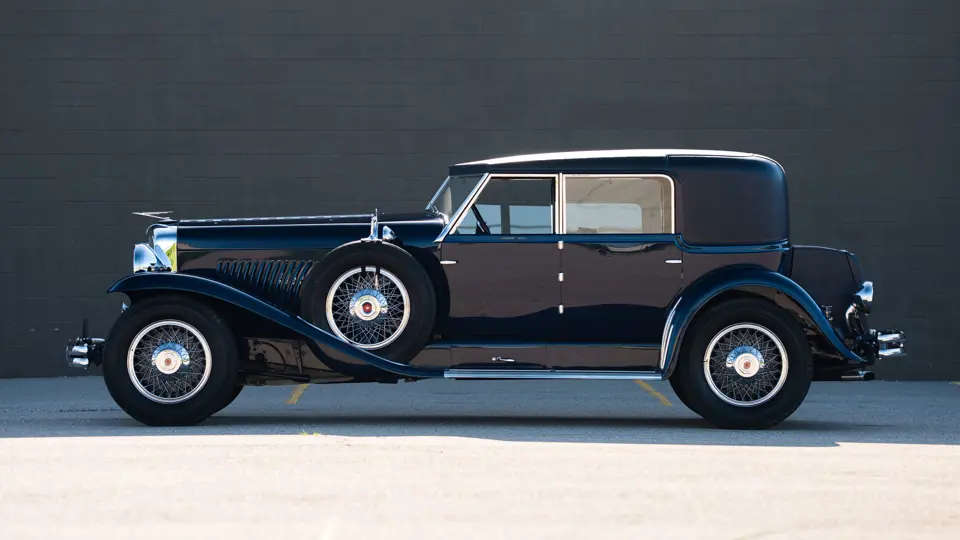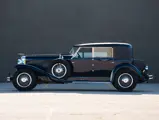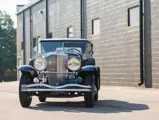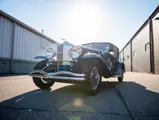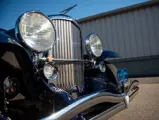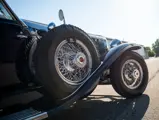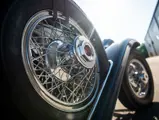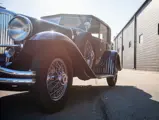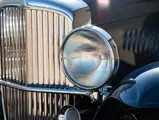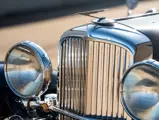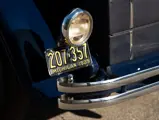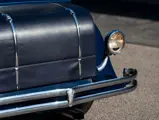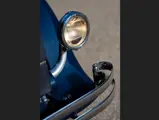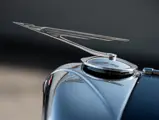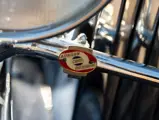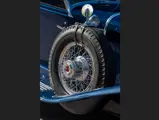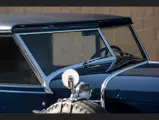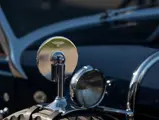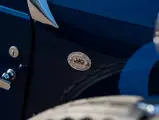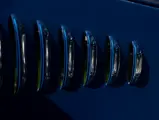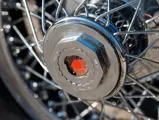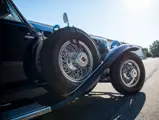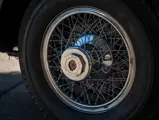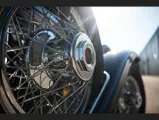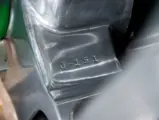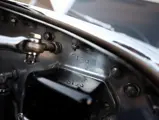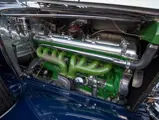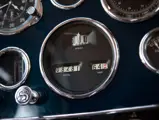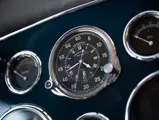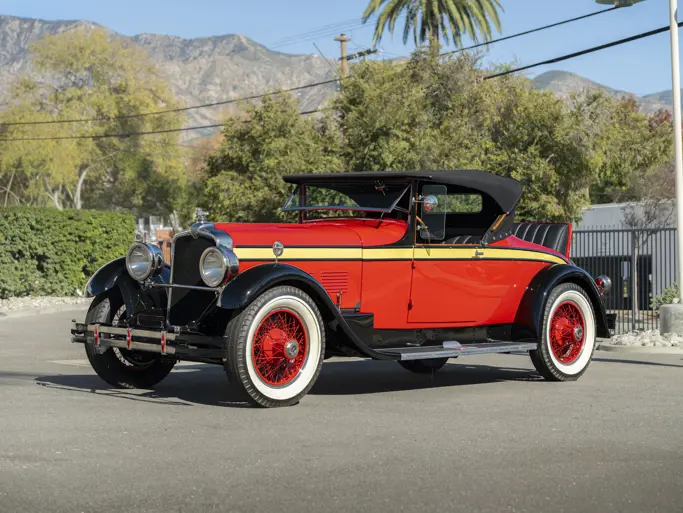
1929 Duesenberg Model J Sport Sedan by Murphy
{{lr.item.text}}
$1,710,000 USD | Sold
Offered From The Terence E. Adderley Collection
{{bidding.lot.reserveStatusFormatted}}
- Offered from the Terence E. Adderley Collection
- One of only two built; retains numbers-matching engine, crankshaft, body, and chassis
- Previously owned by noted collectors John Mozart, Jerry Moore, and William Parfet
- Beautifully preserved award-winning older restoration by Fran Roxas
- Auburn Cord Duesenberg (ACD) Club Certified Category 1 (D-185)
- A Duesenberg Tour veteran ideal for continued driving enjoyment or exhibition
In retrospect, it is difficult to imagine the excitement with which the Model J was received in 1929. Here was a chassis with an engine that, at 265 horsepower, beat its nearest competitor by more than 100 horsepower. Coming from a company whose racing successes were legendary, it was the perfect marketing move. Priced at $8,500 for the chassis alone, the Model J was by far the most expensive car in America. The timing of the introduction could not have been better: with the economic successes of the 1920s, America's wealthy were ready to indulge themselves with the most powerful, bespoke automobile available.
The Walter M. Murphy Company, of Pasadena, California, is generally recognized as the most successful coachbuilder on the Duesenberg Model J chassis. Initially a distributor for Locomobile and Simplex, and later becoming the sole Lincoln distributor for the entire state of California, Murphy acquired the talent necessary to hand-craft bodies that suited the California tastes of the time. They were simple and elegant, with trim lines and an undeniably sporting character. Murphy bodies seemed all the more revolutionary when compared to their contemporaries from the East Coast, who built heavier, more ornate designs.
In fact, bold departures from conventional design were a hallmark of Murphy Chief Design Stylist Franklin Q. Hershey, who has to his credit more than 50 automotive designs, including the door-into-the-roof concept, which he pioneered for the Model J Duesenberg and is still widely used in the design of modern automobiles.
The Model J Sports Sedan presented here is the first of two examples bodied by Murphy and one of the earliest Model Js built; its grand chassis afforded Hershey a magnificent canvas upon which he would exercise his ample talents. Hershey’s sport styling creates a pillarless open passenger compartment when the front and rear windows are lowered. Using center-mounted piano-style hinges, the doors on this Murphy Sport Sedan open opposite each other and come together almost handle-to-handle. The Sport Sedan featured specially hinged dark green glass sun visors and a “V”-shaped cowl following the contours of the windshield; recessed in the rear quarter, added privacy was afforded by a pull-down blind for the back windows.
The Model J was equipped with one large and unmistakable taillight: the word “STOP” illuminated in red when the brake was applied. This car is one of the examples that has been optioned with two taillights. Common to the first 50 Model Js, it was originally fitted with an Auburn gas pedal.
Prior to its in-period cosmetic modifications, J-151 was one of the cars featured by Duesenberg in the San Francisco Salon in 1929. Shortly thereafter, it was purchased from Duesenberg by the Norris family, whose holdings, mainly in Chicago and Colorado Springs, included the famed Broadmoor Hotel. In 1932, it was sent back to the factory and fitted with a later radiator shell with the attractive chromed shutters, and the carburetion was changed from the updraft Schebler to the downdraft Stromberg. The engine also has a two-piece exhaust manifold that is correct for this car. Thereafter the Model J was reportedly stored at the Broadmoor for most of its life, until the end of the Norris family’s ownership in 1985.
The car was then purchased by noted collector and restorer John Mozart and then passed to Jerry Moore, of Texas, in 1991. Dr. Joseph Murphy subsequently owned the car, until it was added to the stable of noted Michigan collector William Parfet. From Mr. Parfet it would be acquired by Terence Adderley, the next in this line of esteemed owners, in 2012; it has remained in Mr. Adderley’s world-class collection ever since.
Some years ago, J-151 benefitted from a meticulous, professional restoration completed to the highest standards by the noted Fran Roxas. The quality of work was recognized with a Second in Class at Pebble Beach in 1986, in a special class for Murphy-bodied Duesenbergs. This car was also shown at Pebble Beach in 1994 and has subsequently been well looked-after, remaining in excellent condition today. Finished in dark blue with a dyed blue leather top and matching leather trunk, the exterior is complemented by the grey leather interior with matching carpets. It rides on blackwall tires, which make it stand out in a field of grand classics, and benefits from the trademark Murphy “Clear Vision” pillars, which minimize obstruction from the driver’s seat.
Under Mr. Parfet’s ownership, this Model J participated on the Duesenberg Tours organized by well-known collector Sam Mann in Wyoming, in 2007, California in 2008, and Texas in 2010; it was then driven on the Michigan tour by Mr. and Mrs. Adderley in 2016. During this time, it was serviced by marque expert Brian Joseph, who, alongside rebuilds and maintenance of many of the car’s mechanical systems, executed a complete engine rebuild, including new Arias pistons, new Carrillo connecting rods, new rod bearings, grinding of the crankshaft, rebuild of the fuel pump and Bijur unit, carburetor rebuild, rebuild of the timing chain tensioners, and of course, appropriately repainting or polishing all components. The original crankshaft was retained, with the serial number matching the engine number, and the original serial number is still present on the firewall; the number on the frame is located further back on the frame rail than is typical for a Model J, and is largely hidden by suspension components (this is also correct for certain early Js). The car has been ACD Club Certified Category 1, recognizing its intact nature.
Boasting undeniably rare Murphy Sport Sedan bodywork to a stunning design by the great Franklin Hershey, it is for good reason that this spectacular Model J has been cherished by an enviable list of Full Classic connoisseurs over the years. Now offered from the collection of Terence E. Adderley, and retaining its numbers-matching engine, crankshaft, chassis, and body, this would be a superb Duesenberg for exhibition or enjoyment on the open road.


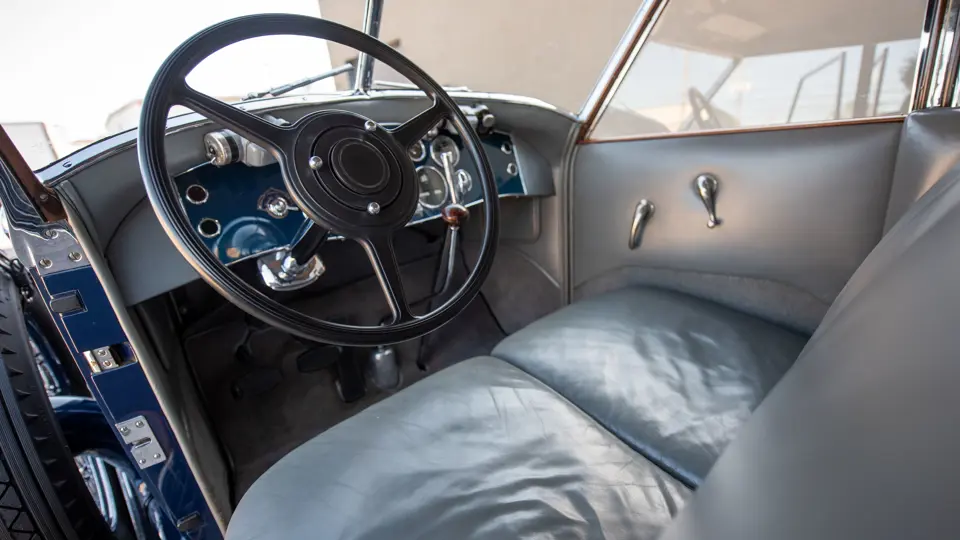

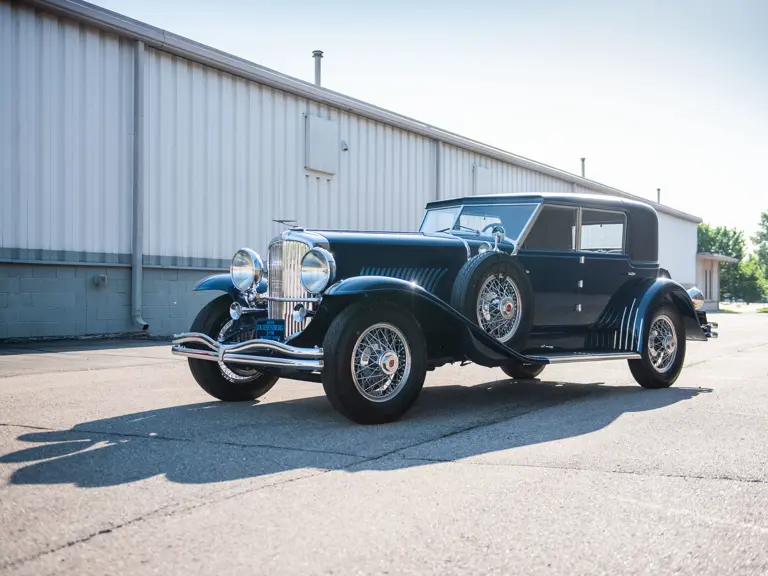
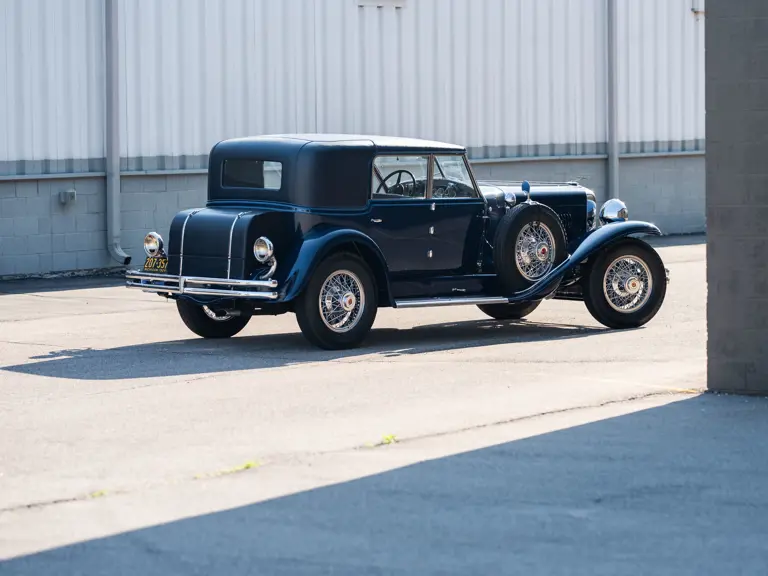
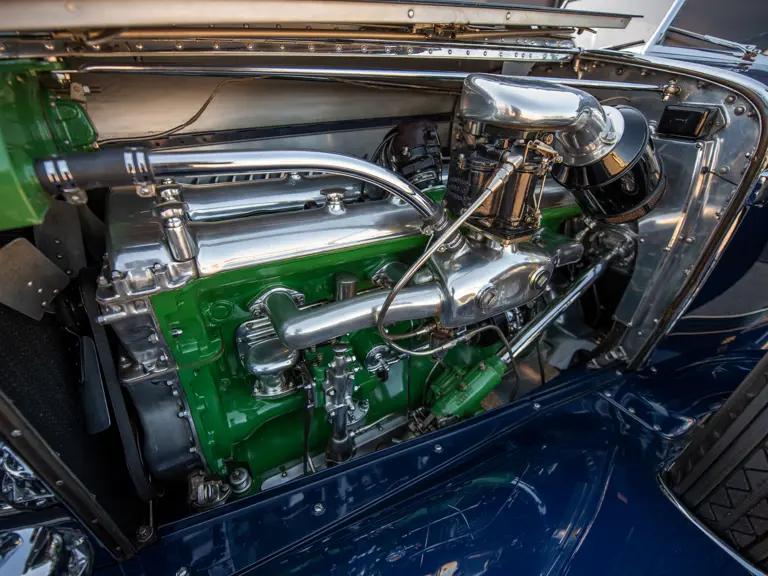


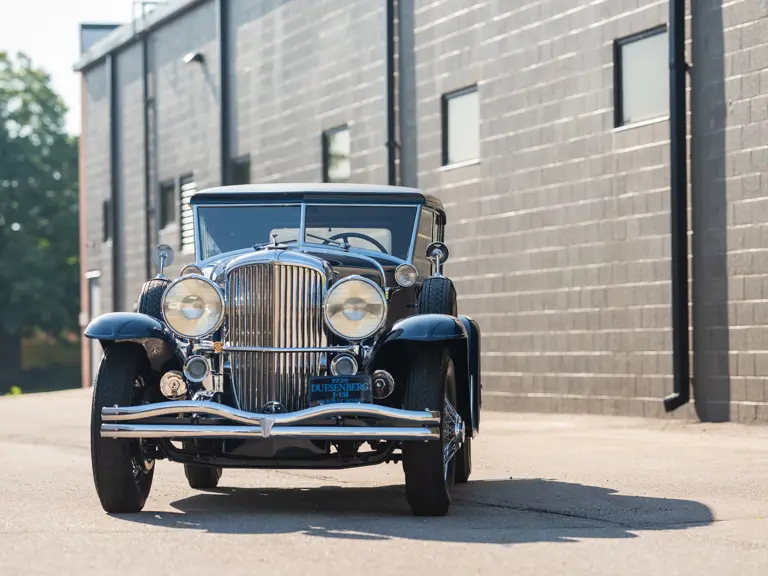
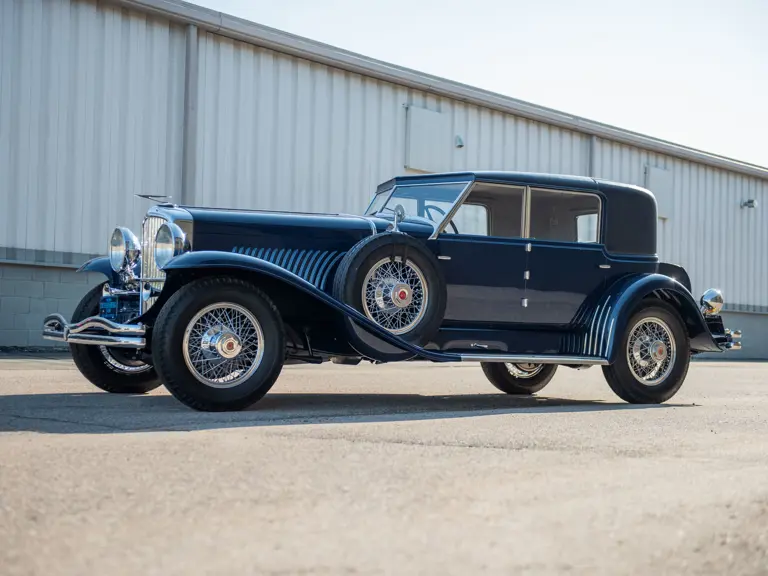

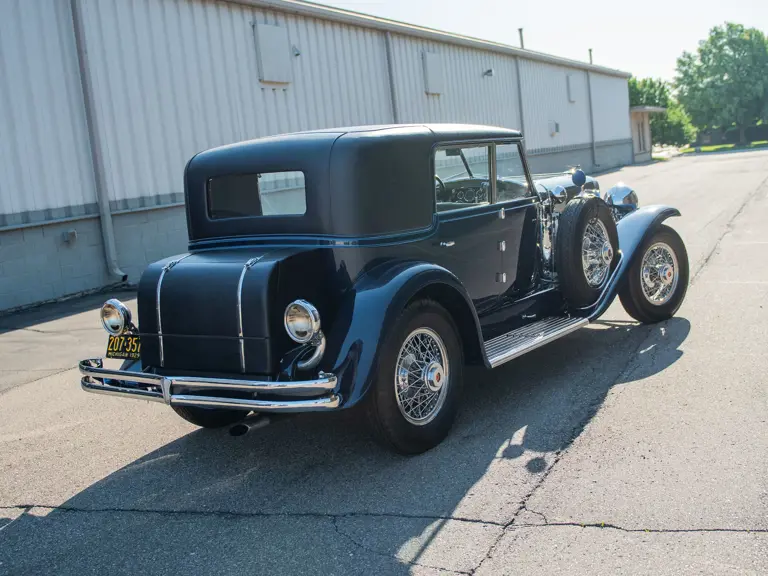
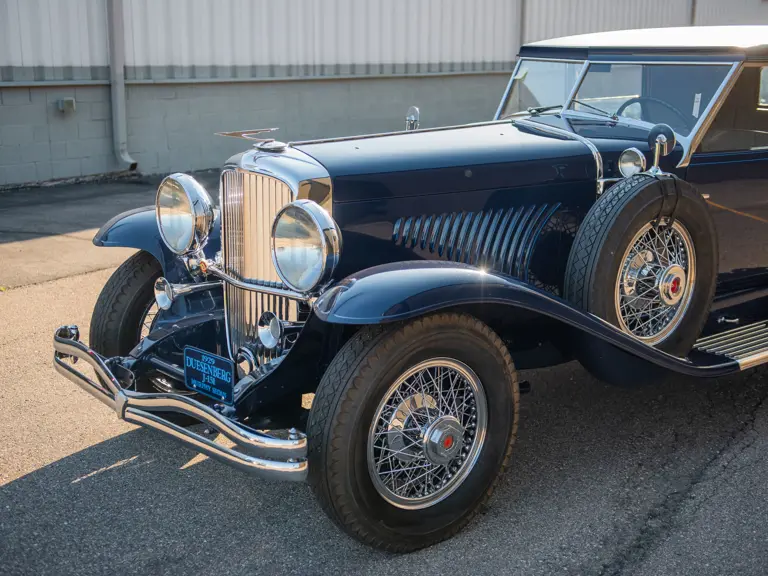
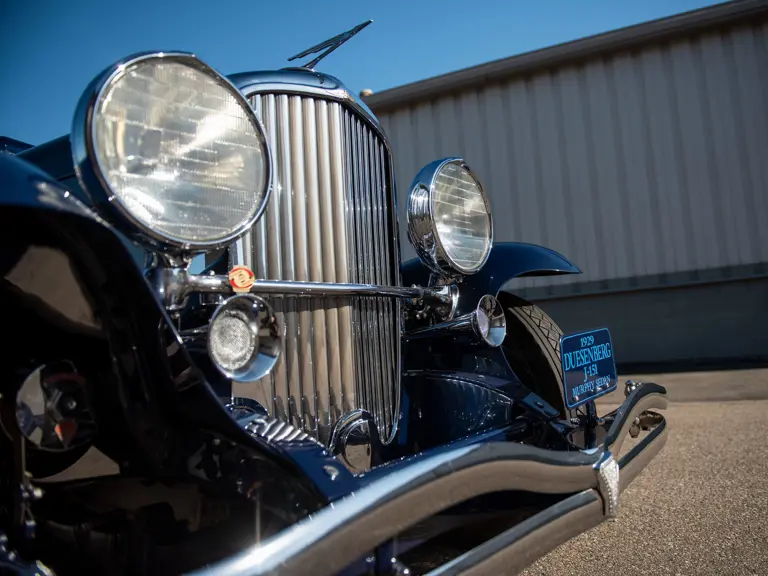

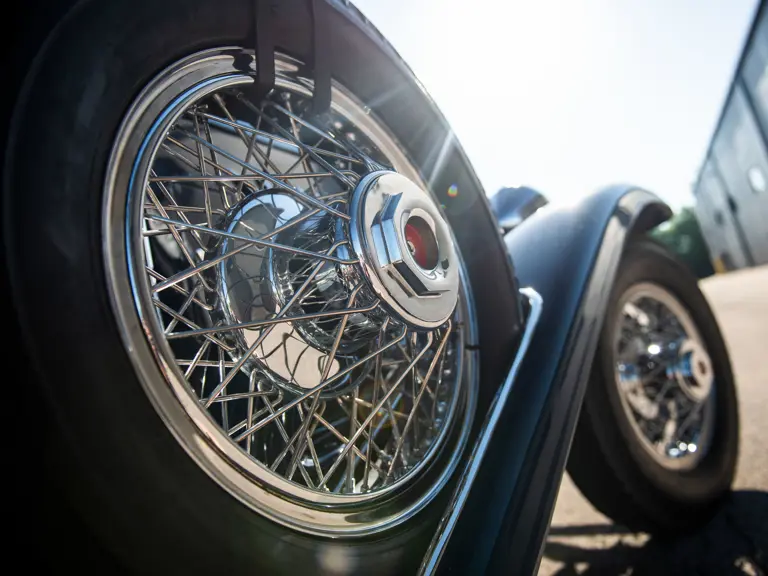
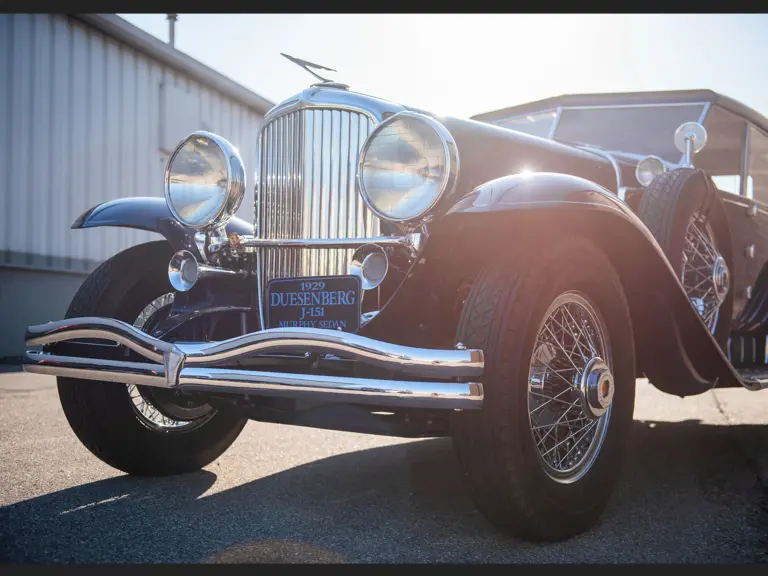

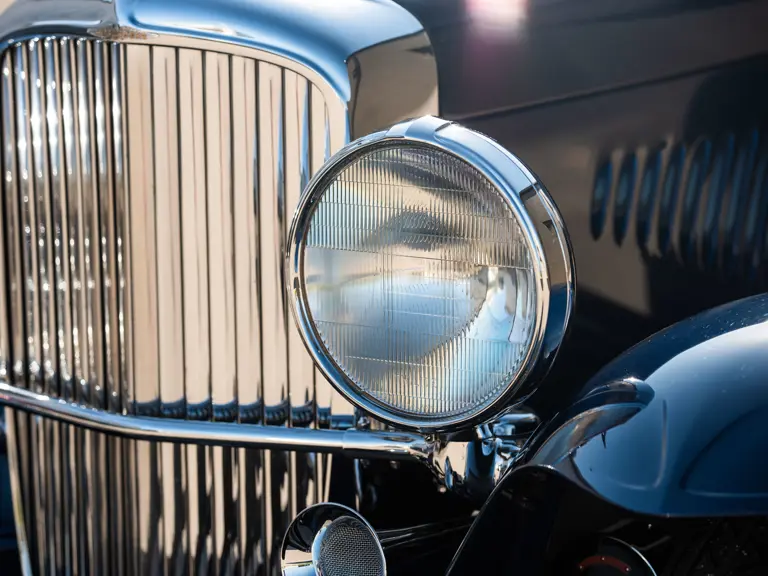
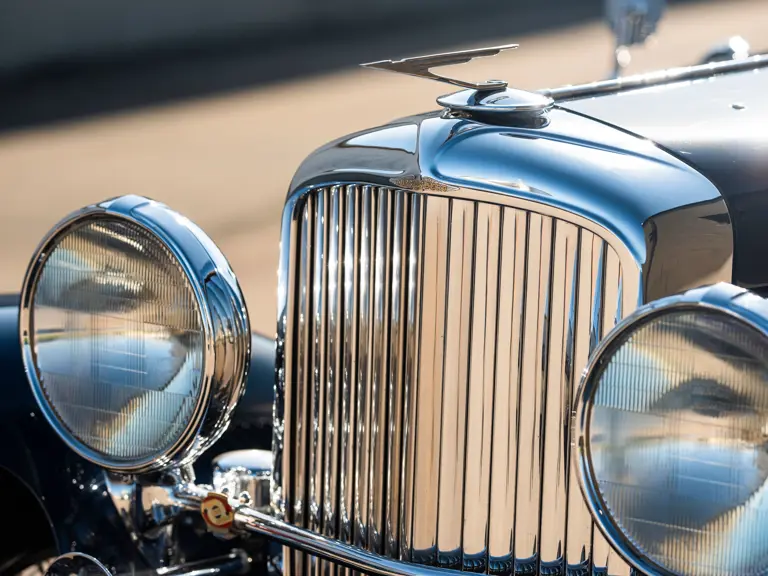

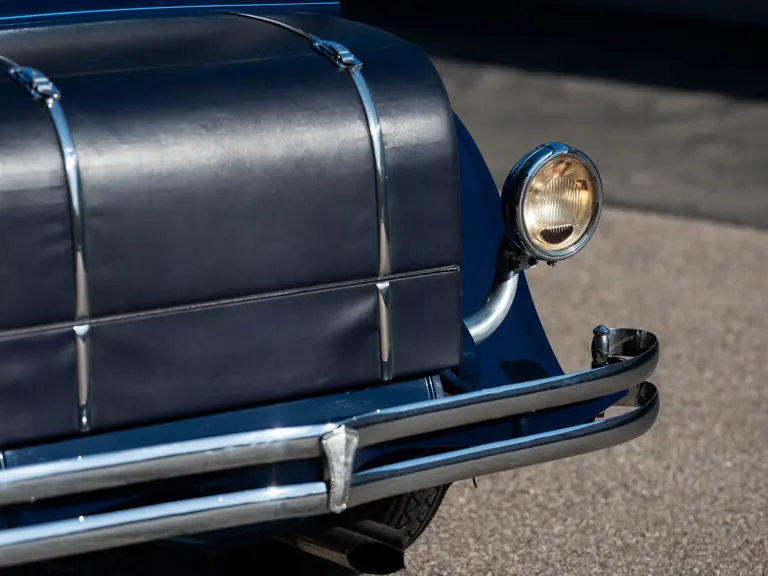
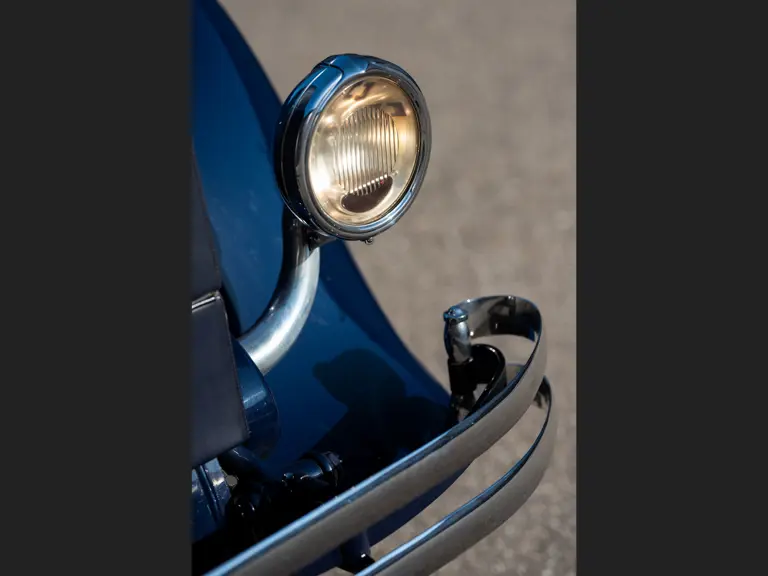
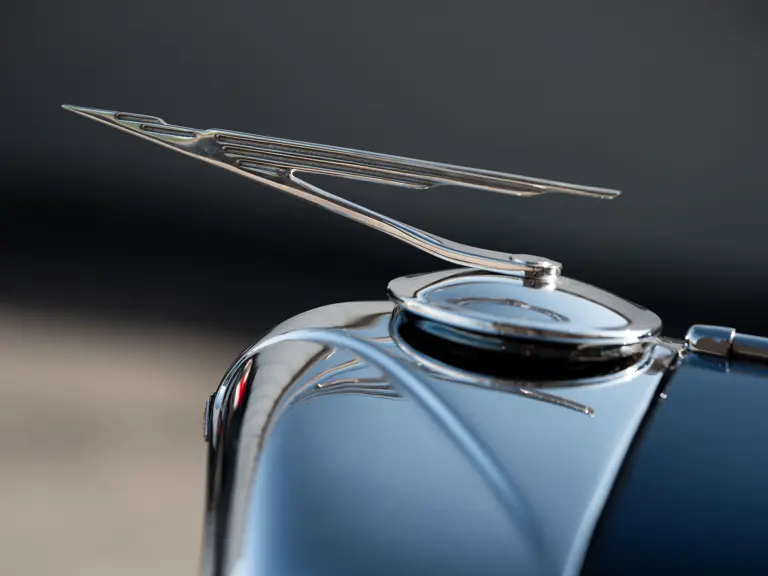



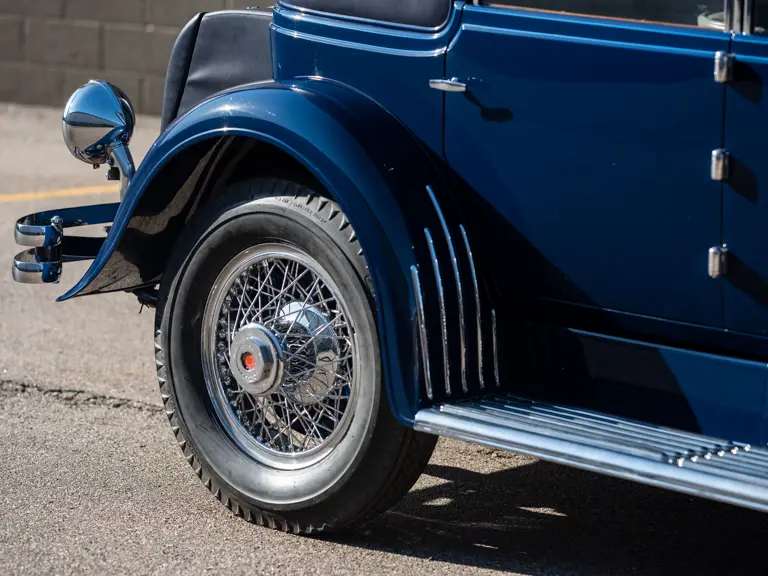

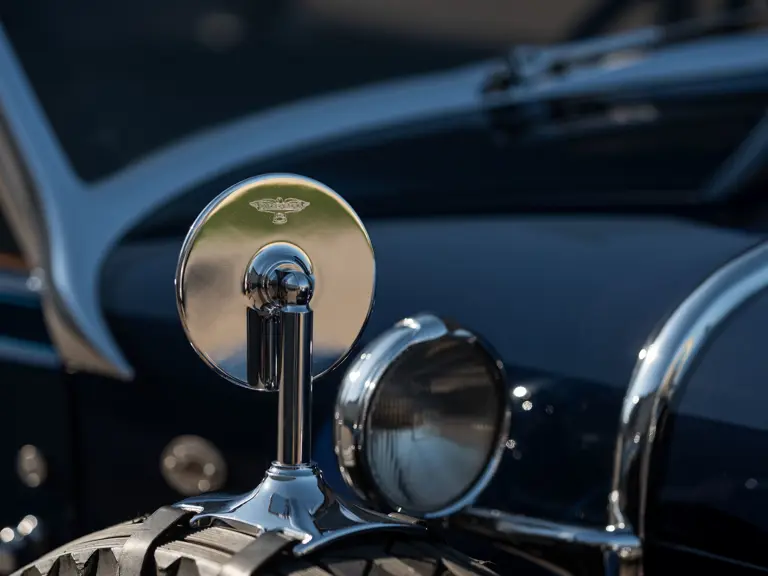
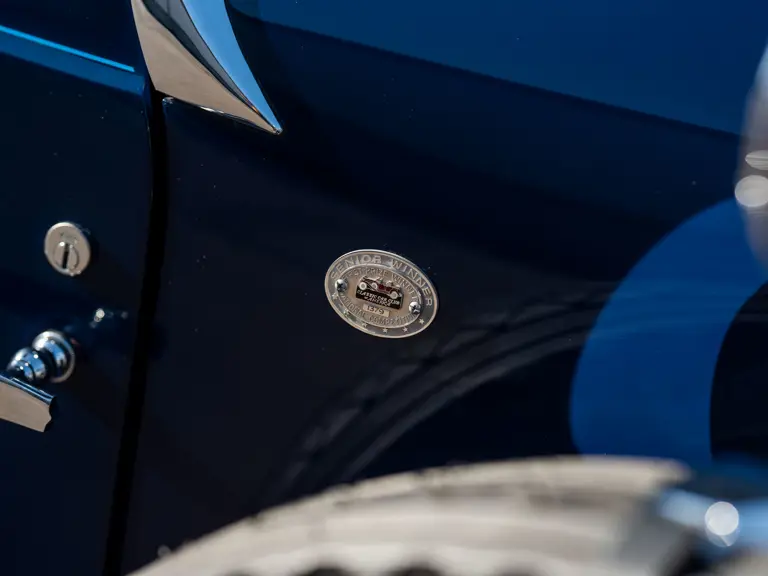

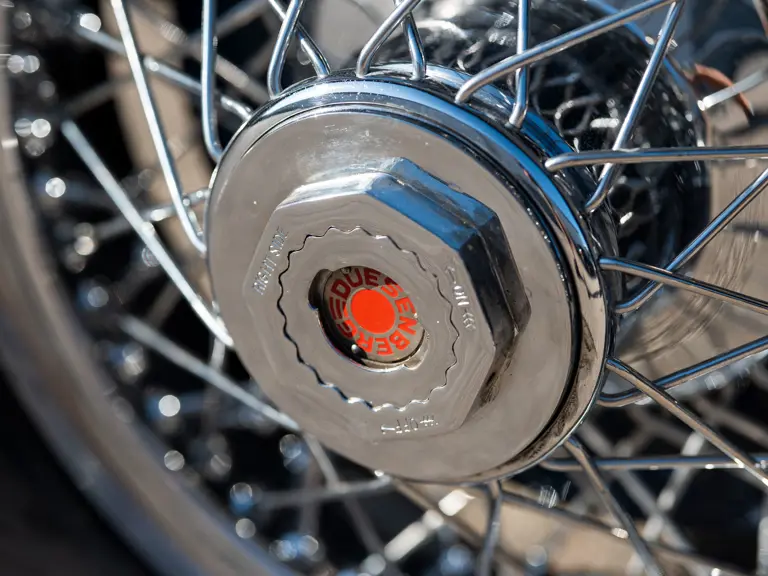
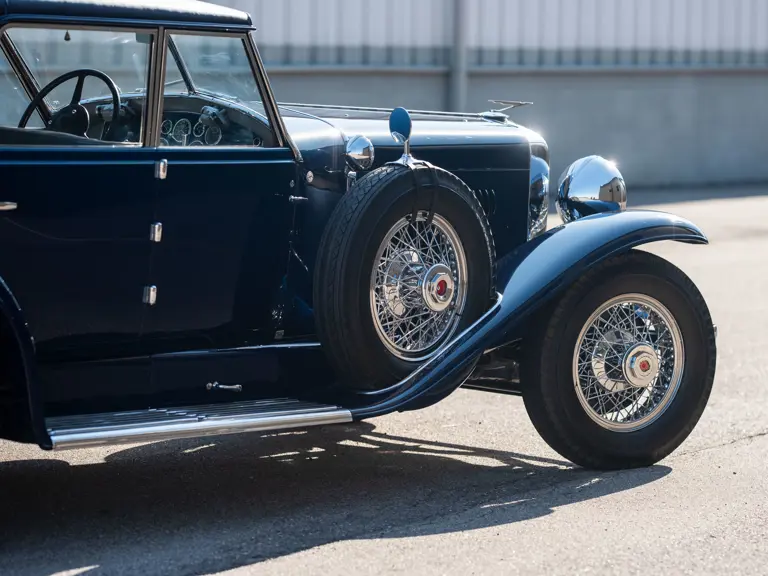

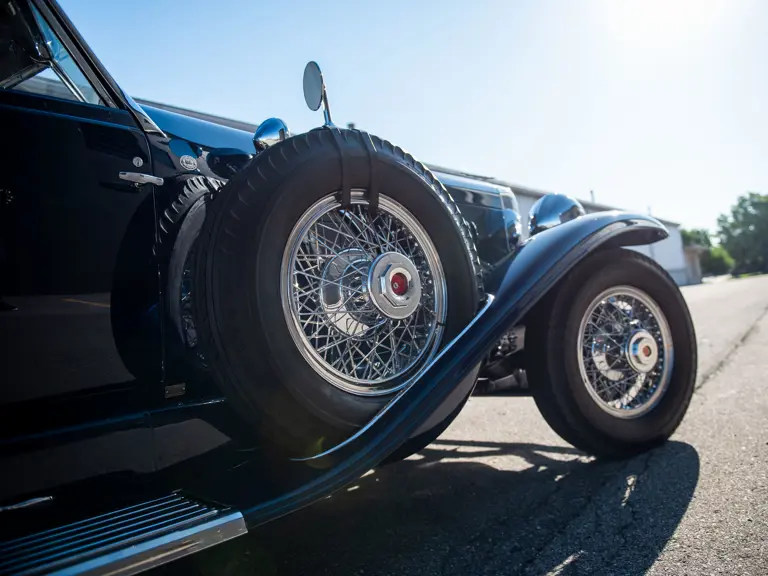
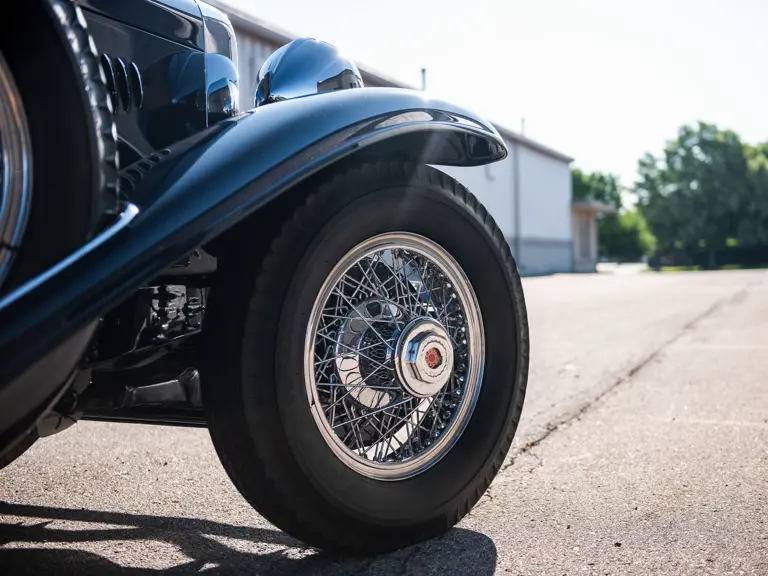

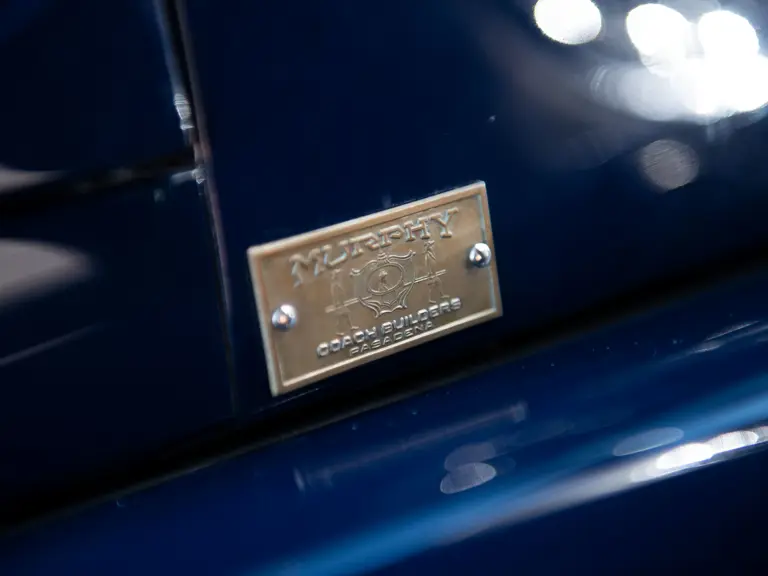
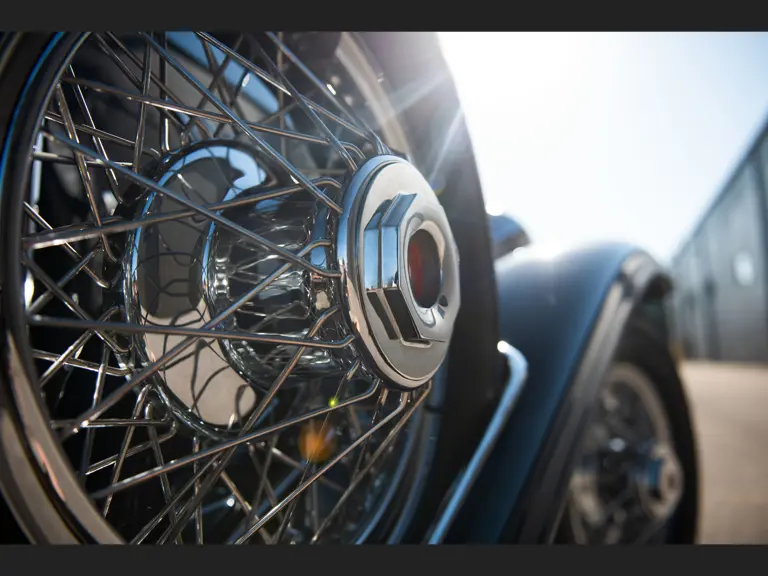
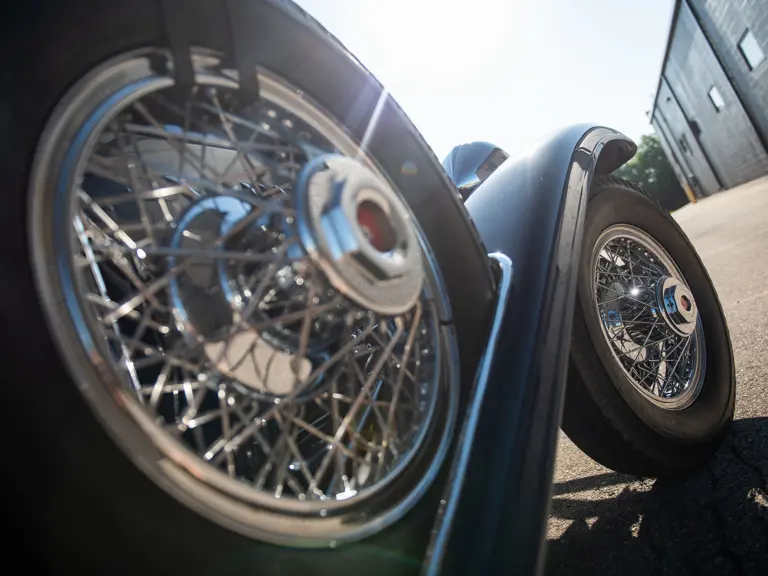

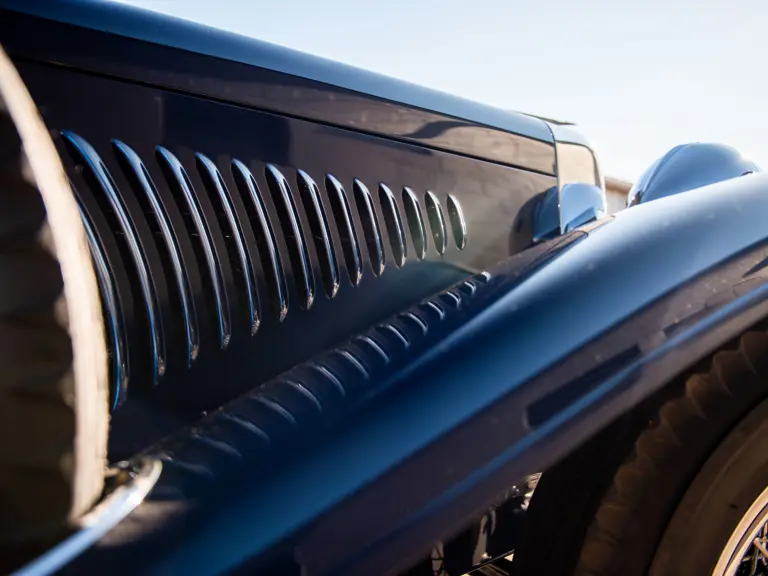



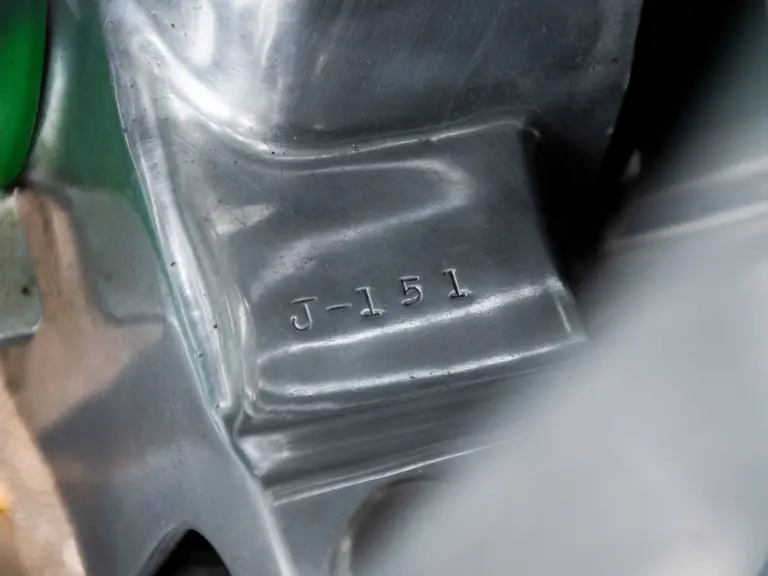

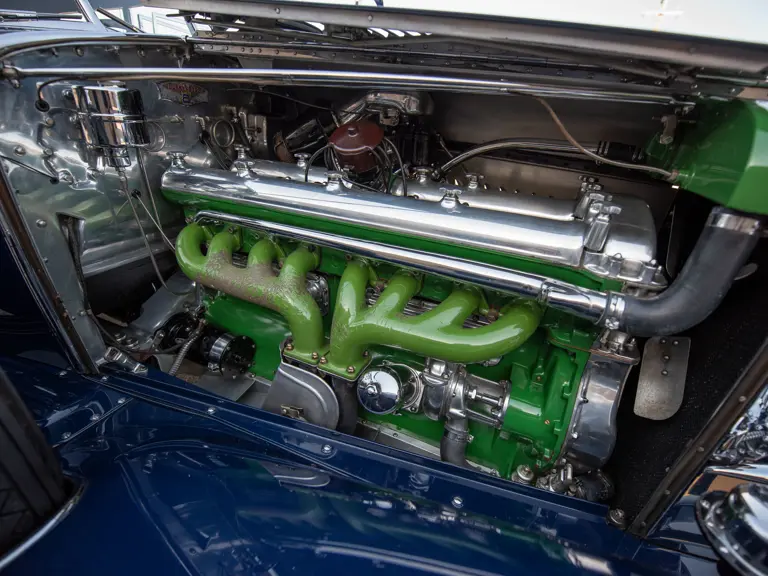
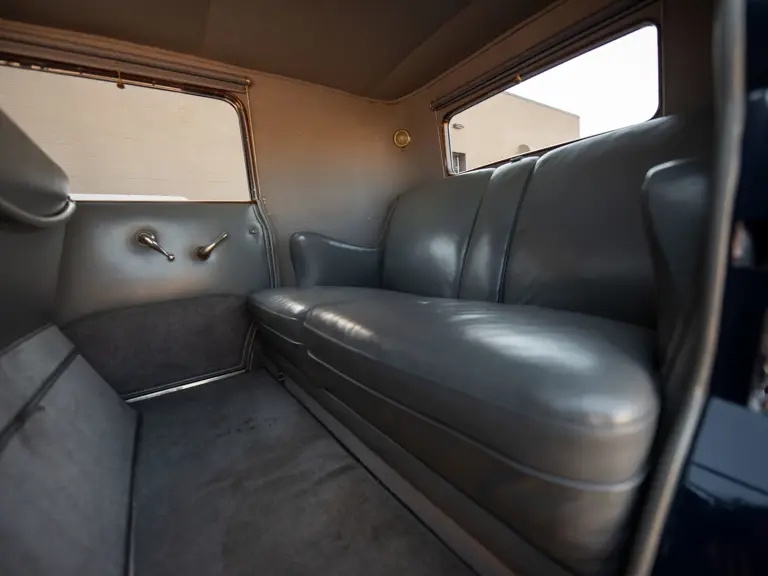

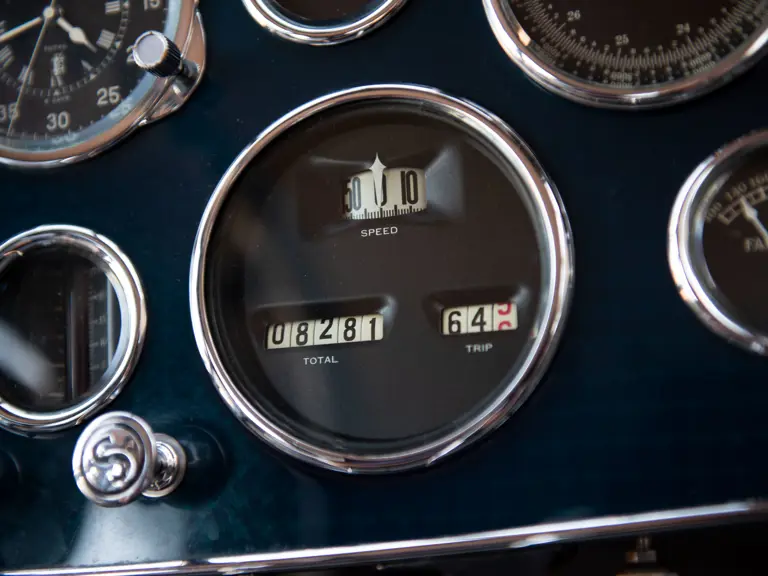


 | Monterey, California
| Monterey, California
